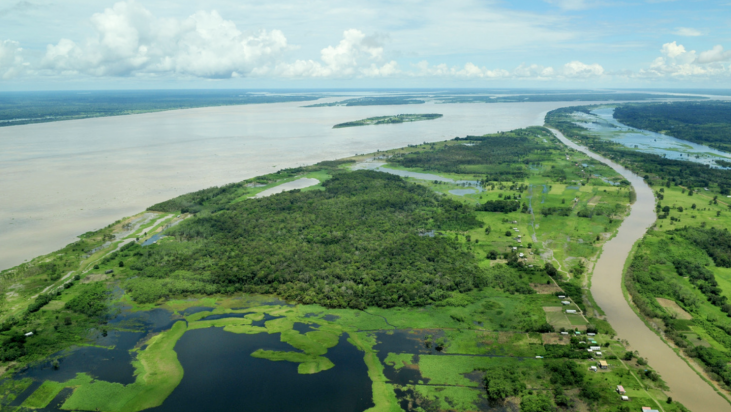In Brazil, in December 2016, Michel Temer’s austerity regime introduced a constitutional 20-year public spending ceiling called “teto de gastos”, that has already started hitting the country in many ways. While several civil society organisations showed last month that women and the poor are already suffering most under this 20-year spending freeze, INESC just published another budget scrutiny paper, analysing the lessening funds allocated to the environment protection, a very important matter when Brazil hosts most of the Amazonian: “Budget cuts in a body – the Ministério do Meio Ambiente (MMA, Environment Ministry) – with enormous challenges, fragilities and political pressures, aimed at the reduction of protected areas, flexibilization of licensing, among others, is already bad news. When we look at the budget proposal for the agency in detail, we see that the situation is even worse”, the study introduces.
INESC policy advisor Alessandra Cardoso examines each cut in the MMA Budget, focusing on two main issues:
- The contingency reserves or “Fake budget” as Cardoso calls it – of R$ 422 million -, “condemns socio-environmental public policies to scarcity and extinction”.
- The budget cuts “specifically sentence some initiatives, actions or policies”, such as the Bolsa Verde, launched by Dilma Rousseff’s government in 2011: “Bolsa Verde is an income transfer program for families living in extreme poverty living in areas of relevance to environmental conservation. It works as an incentive for communities to continue to use the territories in which they live in a sustainable way”, as explained on MMA’s website.
You can read the full paper here (in Portuguese).
Picture ©Neil Palmer (CIAT)
